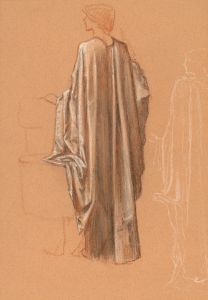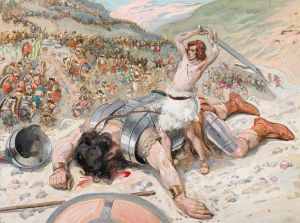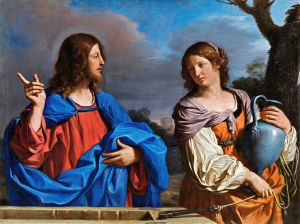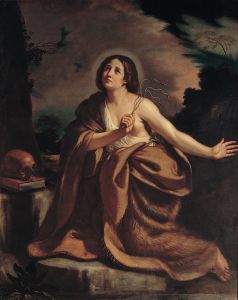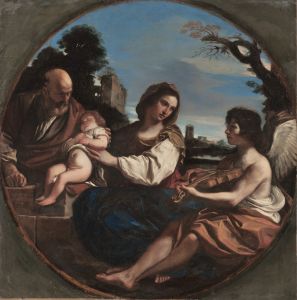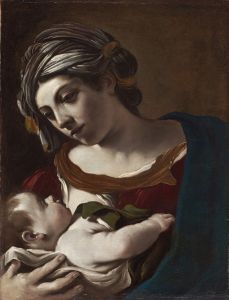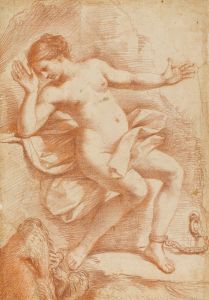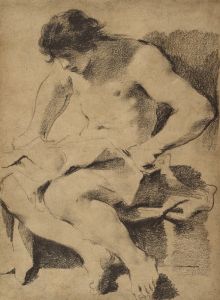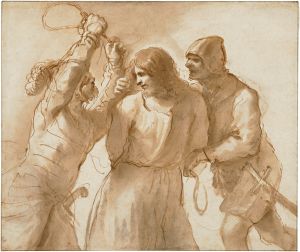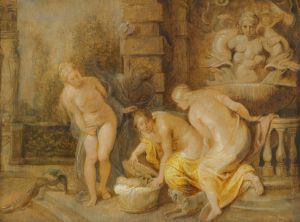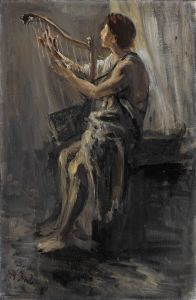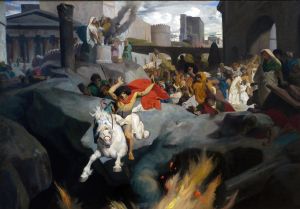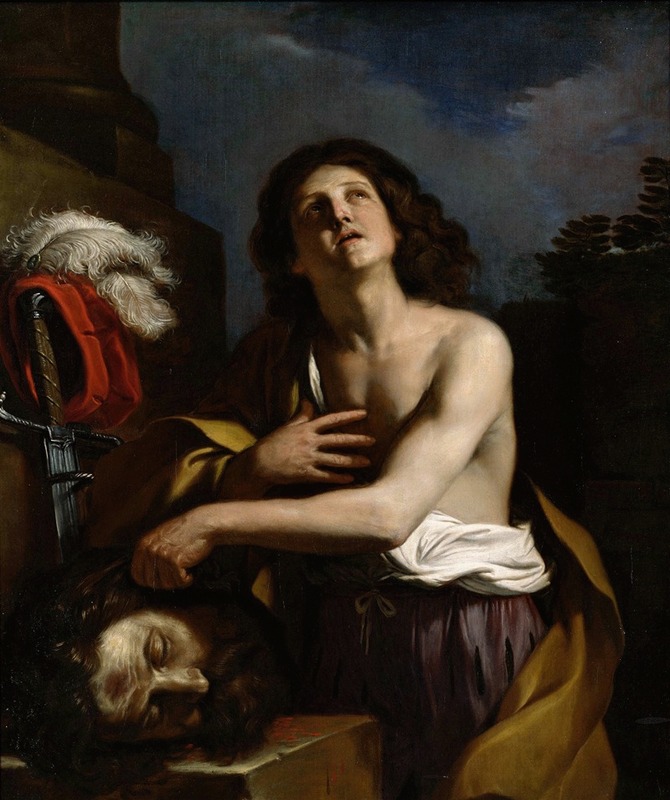
David with the Head of Goliath
A hand-painted replica of Guercino’s masterpiece David with the Head of Goliath, meticulously crafted by professional artists to capture the true essence of the original. Each piece is created with museum-quality canvas and rare mineral pigments, carefully painted by experienced artists with delicate brushstrokes and rich, layered colors to perfectly recreate the texture of the original artwork. Unlike machine-printed reproductions, this hand-painted version brings the painting to life, infused with the artist’s emotions and skill in every stroke. Whether for personal collection or home decoration, it instantly elevates the artistic atmosphere of any space.
"David with the Head of Goliath" is a painting by the Italian Baroque artist Giovanni Francesco Barbieri, better known as Guercino. Created in the early 17th century, this work exemplifies Guercino's mastery of dramatic composition and his skillful use of chiaroscuro, a technique that employs stark contrasts between light and dark to achieve a sense of volume and three-dimensionality.
Guercino was born in 1591 in Cento, a town in the Emilia-Romagna region of Italy. He was a prominent figure in the Baroque movement, known for his dynamic compositions and emotional intensity. His work was influenced by the Carracci family and Caravaggio, whose dramatic lighting and realistic approach to human figures left a significant impact on Guercino's style.
The painting "David with the Head of Goliath" depicts the biblical story of David and Goliath, a popular subject in art that symbolizes the triumph of good over evil. In the narrative, David, a young shepherd, defeats the giant warrior Goliath with a single stone from his sling, subsequently beheading him. This story is often interpreted as a metaphor for divine intervention and the power of faith.
In Guercino's rendition, David is portrayed as a youthful and contemplative figure, holding the severed head of Goliath. The composition is marked by its dramatic use of light and shadow, which highlights David's expression and the gruesome trophy he holds. The painting captures a moment of introspection, as David appears to reflect on his victory and the divine assistance that enabled it.
Guercino's use of chiaroscuro not only enhances the emotional impact of the scene but also adds a sense of realism to the figures. The contrast between the illuminated face of David and the shadowy background draws the viewer's attention to the central theme of the painting. The artist's attention to detail is evident in the textures of David's clothing and the lifelike depiction of Goliath's head.
This painting is an excellent example of Guercino's ability to convey complex emotions and narratives through his art. His work was highly regarded during his lifetime, and he received numerous commissions from patrons across Italy and beyond. Guercino's influence extended to later artists, and his paintings continue to be studied and admired for their technical brilliance and emotional depth.
"David with the Head of Goliath" is housed in the Louvre Museum in Paris, where it remains an important piece within the collection of Baroque art. The painting not only reflects Guercino's artistic prowess but also serves as a testament to the enduring appeal of biblical themes in art. Through his interpretation of this classic story, Guercino invites viewers to contemplate themes of courage, faith, and divine justice, which resonate across cultures and eras.





